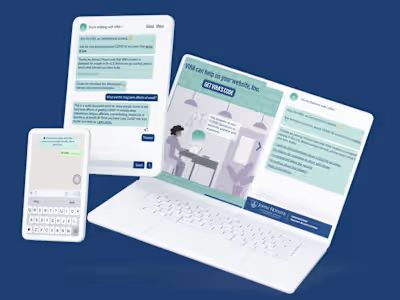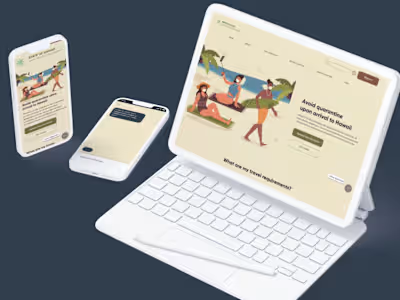Enhancing Surgical Training Accessibility in Kenya
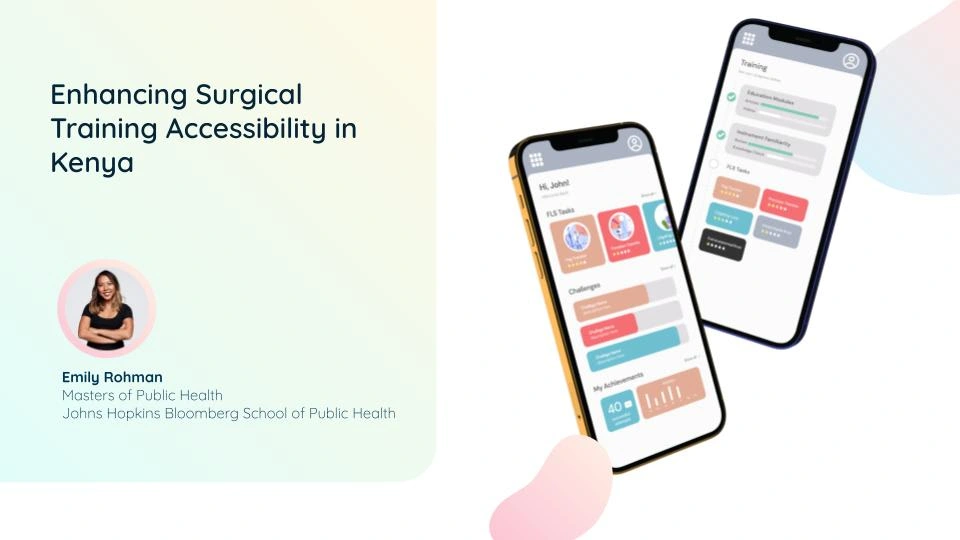
Crafting an accessible and impactful mobile application to improve laparoscopic surgical training in resource-limited settings 🌍
Overview
The lack of access to proper surgical care in low-to-middle income countries (LMICs) presents a significant challenge, with limited availability of training and surgical mentors.
The LaparoscopiX app is a mobile application developed by Johns Hopkins to improve laparoscopic surgical training in Kenya. The app aims to provide a cost-effective and accessible way for surgical trainees to practice and improve their skills. This case study will outline the user research and design process, as well as the impact and results of the app.
Problem
Laparoscopic surgery is a minimally invasive surgical technique that is widely used in many medical procedures. However, training in this technique can be expensive and time-consuming, particularly in resource-limited settings like Kenya.
Design Process
Research and Insights:
To address this challenge, the Johns Hopkins team conducted comprehensive user research to understand the needs and challenges faced by surgical trainees in Kenya. They interviewed trainees and surgeons, conducted surveys, and performed usability testing on existing training methods. This research revealed key insights, including the lack of affordable training options, the need for realistic simulation, and the importance of feedback and guidance.
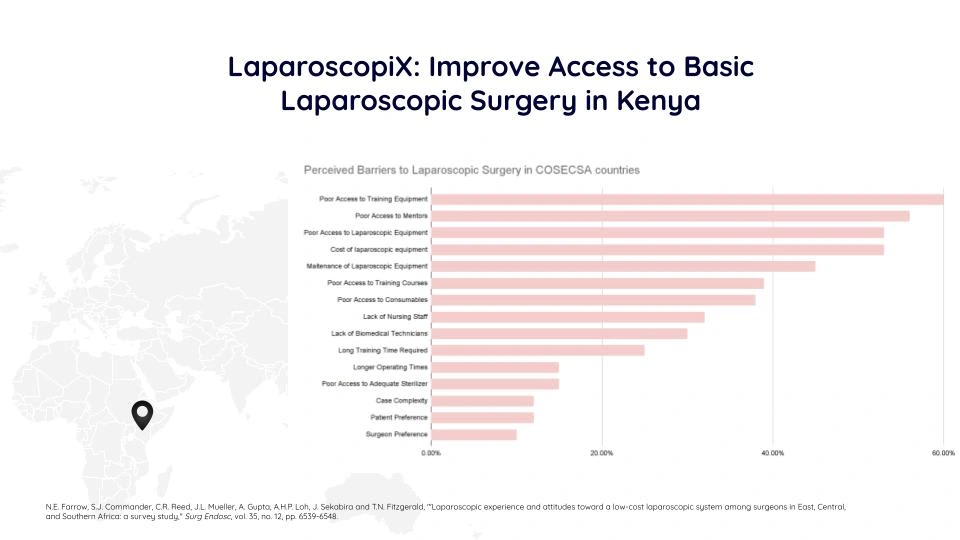
Design process and solutions:
Based on the research findings, the multidisciplinary team at Johns Hopkins, in collaboration with Kenyan surgical mentors and trainees, embarked on an iterative design process to create the LaparoscopiX app. The design process involved several stages:
Ideation and Conceptualization: The team brainstormed ideas and conceptualized the core features and functionalities of the app. They aimed to provide a realistic and interactive simulation of laparoscopic surgery while ensuring ease of use and accessibility.
User Flow Design: With a deep understanding of the target users and their needs, I took the lead in creating the user flow for the LaparoscopiX app. Starting from the initial onboarding process, I mapped out the sequence of screens and interactions that surgical trainees would encounter while using the app. My goal was to ensure a logical and intuitive flow that guided users through the training experience and maximized their engagement and learning, while engaging proper stakeholders and decision-makers along the way.

3. Wireframing and Prototyping: Using wireframing tools, the team created low-fidelity prototypes to map out the user flow and test the app's overall structure and functionality. This allowed them to gather feedback and make iterative improvements before moving to higher-fidelity designs.
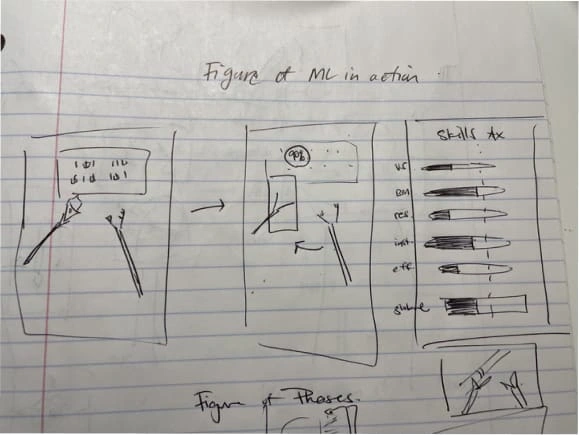
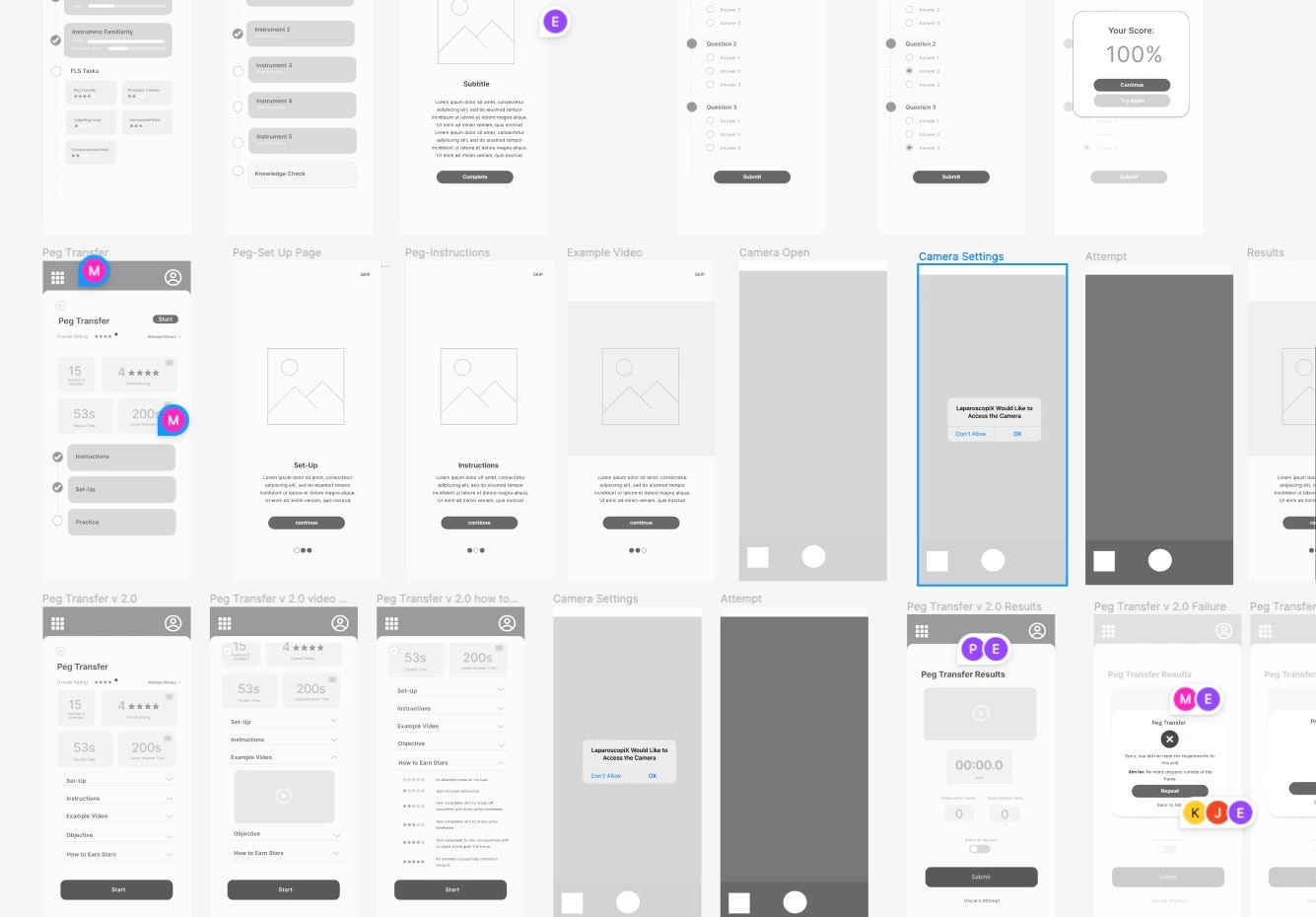
4. Visual Design: Once the app's structure was solidified, the team focused on creating an intuitive and visually appealing interface. They selected a clean and simple design aesthetic to enhance user experience and facilitate ease of navigation.
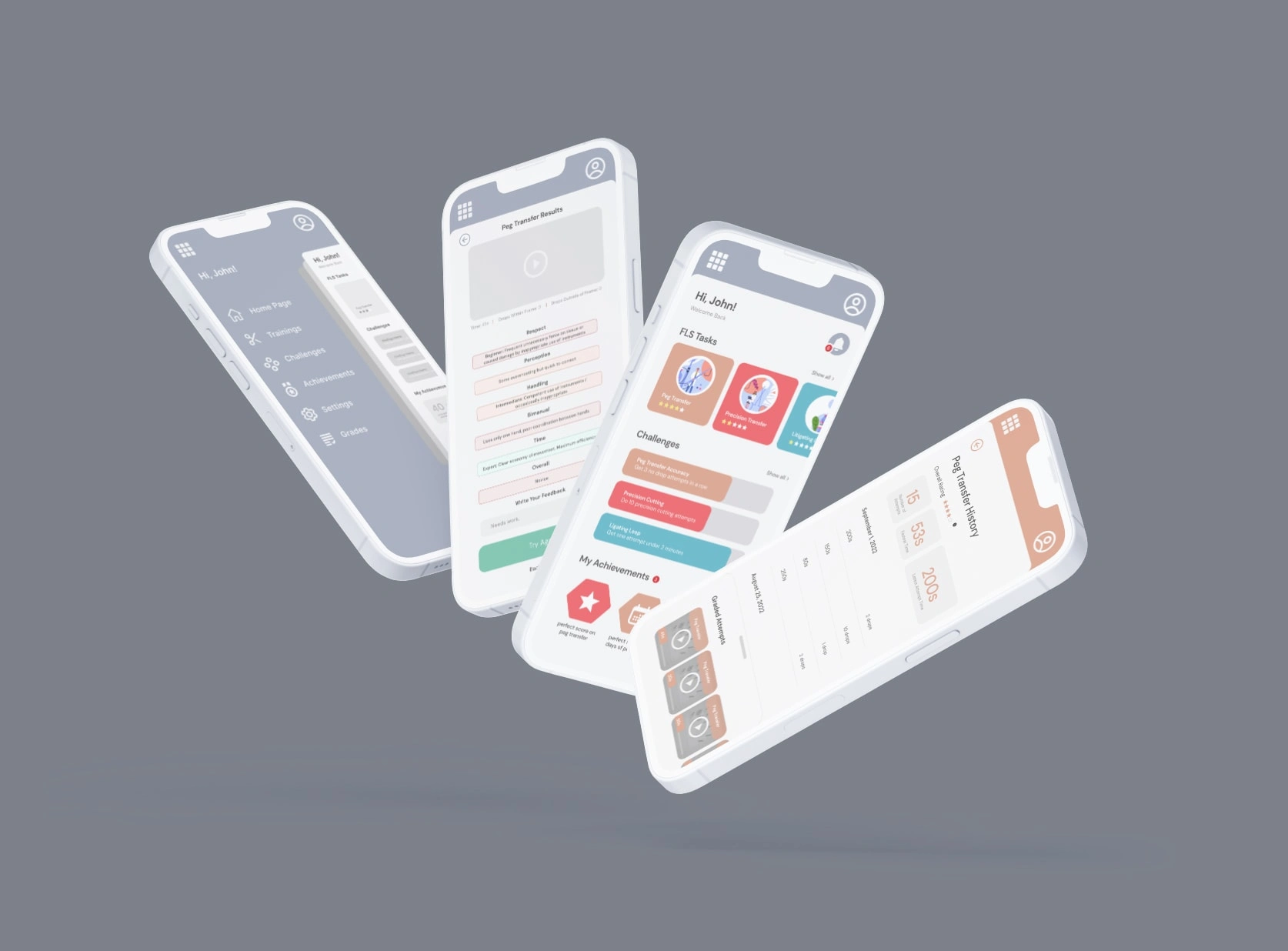

5. Usability Testing and Iteration: The high-fidelity prototypes were tested with surgical trainees in Kenya to gather feedback on usability, effectiveness, and overall user experience. This feedback guided iterative improvements and refinements to ensure the app met the needs and expectations of its users.
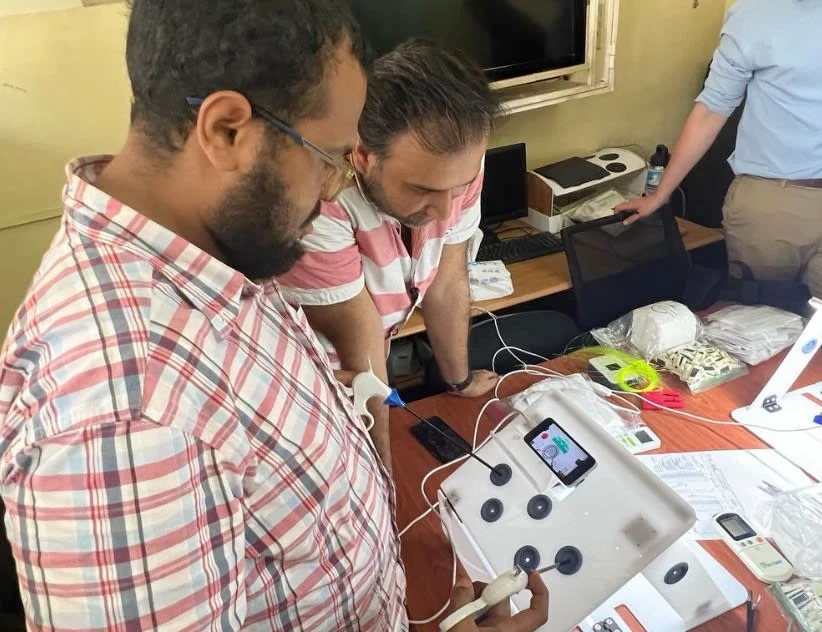


Evaluation and impact:
Following the development of the app, it underwent testing and evaluation by surgical trainees in Kenya. The results were overwhelmingly positive, with trainees reporting that the app improved their skills and provided a realistic training experience. Trainers and surgeons also praised the app as a valuable and cost-effective training tool. Since its launch, over 100 surgical trainees in Kenya have used the LaparoscopiX app, earning it numerous awards and accolades for its impact and innovation.
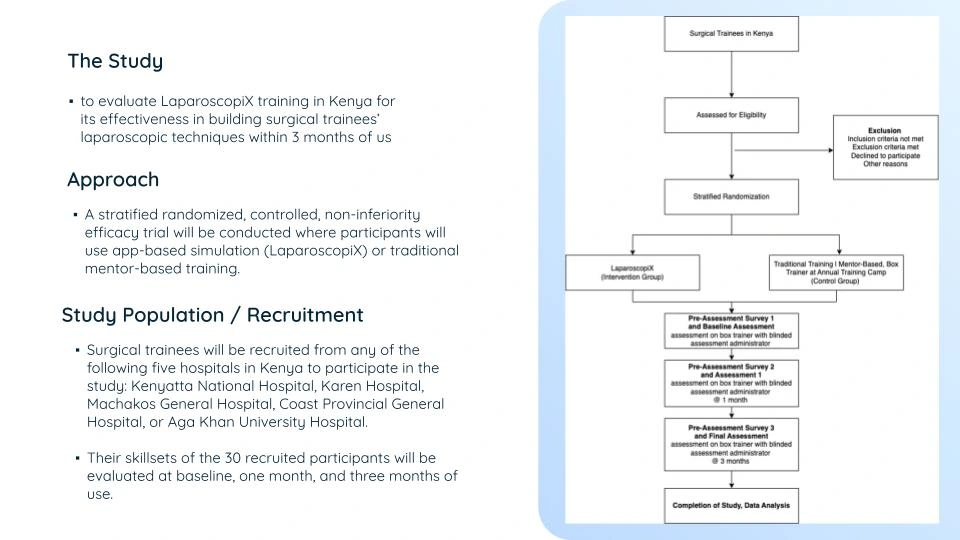
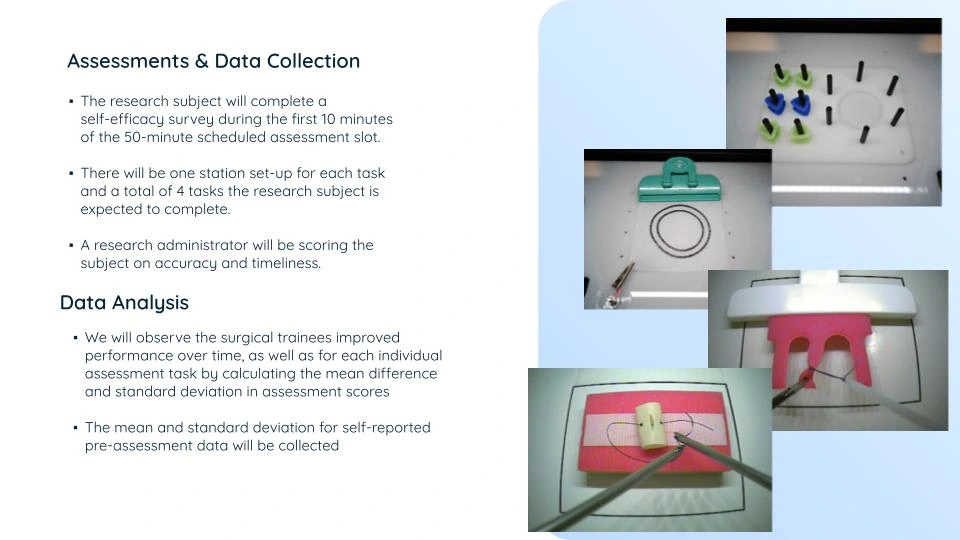
Conclusion:
The LaparoscopiX app has demonstrated the potential of mobile technology to improve medical training in resource-limited settings. By providing a realistic and interactive simulation of laparoscopic surgery, the app has helped to improve the skills of surgical trainees in Kenya and has been well-received by trainers and surgeons. The success of the app shows the value of user-centered design in addressing real-world challenges and making a positive impact on people's lives.
Testimonial
Emily was incredible to work with. She was detailed oriented, considerate, easily available and essential to a project that was incredibly complex. Her designs are beautiful, she shows great initiative and she demonstrated amazing creativity. I would recommend her highly to anyone looking for a UI/UX expert.
Awards
Johns Hopkins Hopstart Business Pitch Competition for our product ARISE on improving access to laparoscopy in low and middle income countries. We are honored to win 3rd place in the Medical Technology and Life Science Ventures division, receiving a $1000 cash prize!
Like this project
Posted Jul 3, 2023
Developed and implemented a mobile app for tracking physical activity and promoting healthy lifestyle choices in low-income communities.
Likes
0
Views
31



